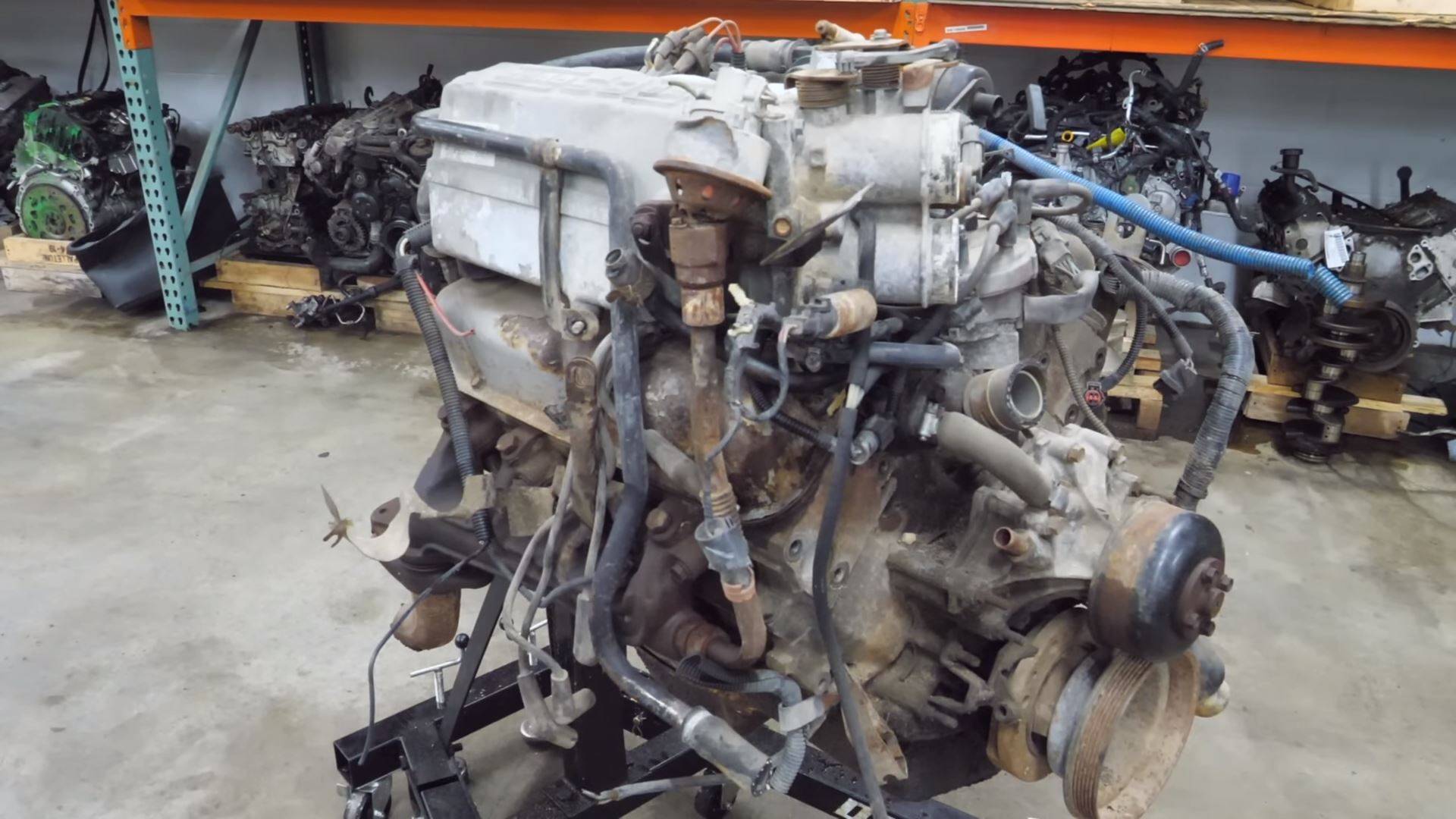Eric from I Do Cars took on the challenge of dissecting a supposedly reliable Ford 351 Windsor V8 engine, only to encounter unexpected hurdles.
The Ford 351 Windsor engine, renowned for its reliability, has been a staple in various vehicles from 1969 to 1997, including the Ford F-150 and Mustang. However, even reliable engines can succumb to neglect and environmental exposure, as Eric discovered with this particular engine.

Despite its reputation, this 210,000-mile engine, sitting idle for 17 years, proved problematic. Eric’s attempts to manually turn it over failed, indicating severe issues. As he dismantled the engine, he encountered extensive rust and corrosion. Even basic components like spark plugs and the distributor were corroded, making removal challenging.
As Eric delved deeper, the engine’s condition worsened. Bolts snapped due to rust, and the valvetrain and cylinder walls were heavily rusted, likely due to water exposure. Removing the cylinder heads revealed thick rust and debris, rendering them irreparable. Draining the oil revealed a mixture of water and oil, suggesting flood damage.
Further inspection of the rotating assembly exposed more issues. The timing chain had fused to the cam gear, and pistons were stuck in place. Despite efforts to remove them, many components remained immovable due to extensive corrosion.
Ultimately, Eric abandoned the project due to the engine’s deteriorated state. Locked pistons and stubborn components made salvage impractical. Reliability concerns such as weaker block castings, intake manifold bolt issues, and coolant leaks plagued these engines, further complicating repairs.
After the disassembly revealed the limitations of even reliable engines when subjected to neglect and environmental damage.


corn been on the beedies